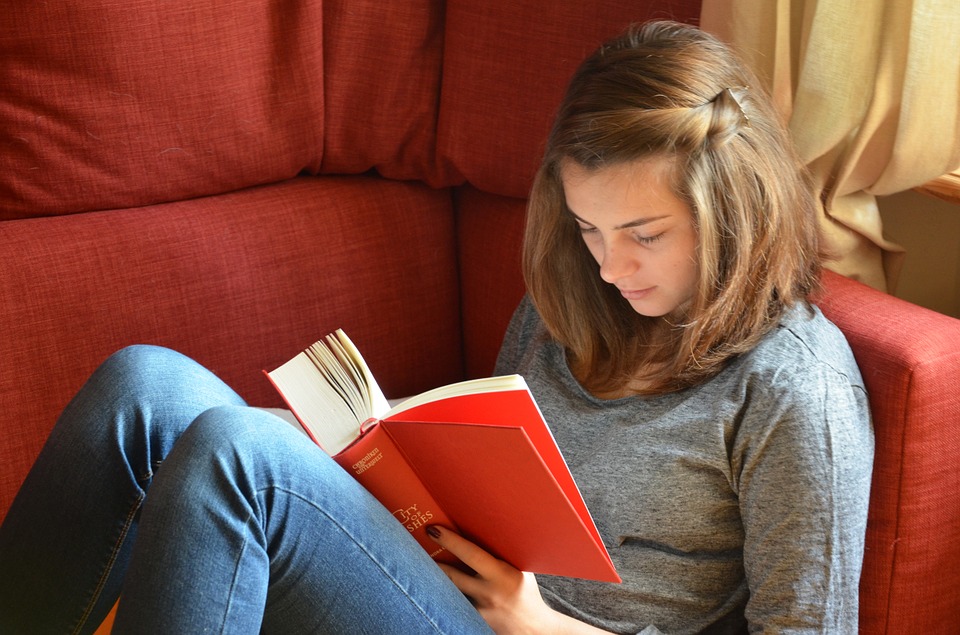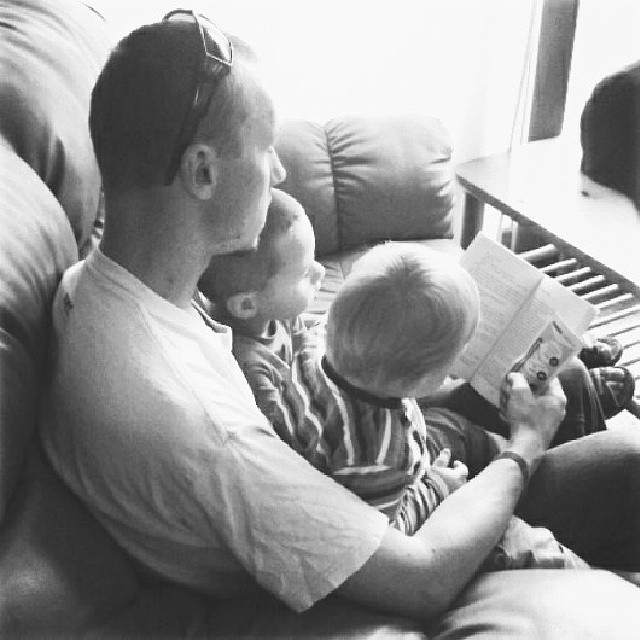All around the world, small children are told stories at bedtime. What stories were you told? What were your favourite ones?
We use Past Perfect when we want to speak about past actions or events that started and finished BEFORE another past action occurred.
By the end of this topic, you will:
Identify and use the affirmative, negative and interrogative structure of the Past Perfect Simple to talk about past actions or events that started and finished before other past actions occurred
To get started, let’s look at the primary uses of the Past Perfect Simple:
Click on Use to see the information. Each Use will retract so you can see the following information.
To say that a past event (1st past action) occurred before another past event (2nd past action). Look at these examples:

e.g. I did not have any money to buy lunch because I had lost my wallet that morning.

e.g. We were not able to get a room at the inn because they had run out of vacancies.

To show that one action started in the past and continued up until another action in the past occurred.

Kristine had never been to an opera before last night.

We had had that car for ten years before it broke down.

By the time I read “Snow White” I had already watched the movie as a kid.

The past perfect is often used to give reasons or background information for later past events.

He had never read fairy tales before he became a father.

Louis was late. He had forgotten to set his alarm clock on time.

Some time expressions like: AFTER, AS SOON AS, or WHEN can introduce the later time period.
After/As soon as/When I had finished my homework, I watched TV.

Other time expressions such as: BEFORE, BY THE TIME, or UNTIL can introduce the later time period.
By the time/Before I turned four years old,I had learned how to read.


Activity 1
Nursery rhymes are also considered traditional tales, but they look more like songs.
Now you will practice Past Perfect by watching the Fixed Fairy Tale of Humpty Dumpty Then choose the best answer for each question.
Reference: HISHE Kids. (2015). Humpty Dumpty. Fixed Fairy Tailes [video]. Retrieved on March 2017 from https://goo.gl/pECzN9

Activity 2

Here is a great story, written by Hans Christian Andersen. It shows the ultimate test to discover if a girl is a true princess or not.
Read the story “The Princess and the Pea” and identify the Past Perfect tense in context. Then choose the best option in each case.

Activity 3
Do you know any traditional tales from your own culture? Classic tales are stories that are transmitted orally as part of a culture. Traditional tales include myths, folk tales and legends. These tales often include imaginary elements and symbolic lessons.
Voice-record, a traditional story from your culture, paying special attention to your use of past tenses. Make sure you use the Past Perfect Simple* at least five times.
Use your computer to record your voice. Your recording must be between 2 to 5 minutes. Don’t be nervous!
Take a look at the rubrics to assess this activity. Please read the criteria carefully; it will help you self-assess. Be as honest as possible; take this opportunity to improve your performance (progressively/consistently). Click here to compare your audio to the example.


Activity 4


Reverse Chronology is a technique used to tell a story backwards, that is instead of starting from the beginning it starts from the back.
The pilot episode of the series: "How I met your mother" begins in the year 2030 with Ted Mosby is a father telling his children the story of how he met his mother. The story starts in 2005, with Ted's best friend, Marshal, proposing marriage to Lily, his girlfriend, which makes Ted consider the need to start looking for his soul mate. In a pub called MacLarens, Ted meets Robin, whom he falls in love with instantly. By the end of the story, Ted tells his children that this is the story of how he met his wife, Robin.
Information retrieved from: Pilot (How I Met Your Mother). (n.d.). Wikipedia. From https://goo.gl/5zxNtN
Take a look at this rubrics to self assess this activity. Write a real or imaginary anecdote using the Past Perfect Simple* at least eight times.
Write your text in about 140-190 words in an appropriate style. Then, compare your writing to the following example.
I had never seen such beautiful sights before I visited Paris in 2012. I had saved money for five years before I booked my trip to Paris. I was very excited! Before my trip to Paris, I had never been out of the United States.
When I travelled to Paris, I spent many days touring the city. The city was big. Sometimes I got lost and asked for directions. I asked for directions in French. That was easy because I had studied French for two years before I visited Paris.
By the time I left Paris, I had toured many beautiful places. The Eiffel Tower, Notre Dame Cathedral, and Luxembourg Gardens were just a few of the places I visited. Before I visited Paris, I had only seen those places on television.
Text retrieved 2017, November 14th from: http://www.really-learn-english.com/english-grammar-tenses.html#Past_Perfect
Sometimes, fairy tales resulted from the hardships lived in specific periods in history. Such is the case of Hans Christian Andersen’s “The Little Match Girl”. This touching story makes us re-evaluate our lives as well as the things we cherish most.
Read the following extract of this fairy tale. Then fill in the gaps using the past perfect simple of the verbs in the box.